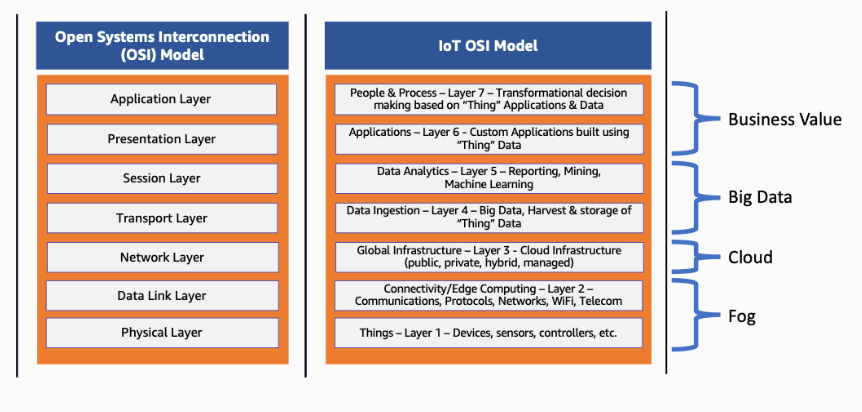A converged network for a smart building refers to a unified and integrated network infrastructure that supports various digital services and applications within a building or facility. In a smart building, numerous systems and devices need to communicate with each other to enable automation, data sharing, and improved efficiency. These systems may include:
Building Automation Systems (BAS): This includes heating, ventilation, and air conditioning (HVAC) systems, lighting control, security systems, fire detection, and other building management systems.
Internet of Things (IoT) Devices: Sensors, actuators, and other IoT devices are often deployed in smart buildings to monitor and control various aspects, such as temperature, occupancy, and energy usage.
Audio-Visual Systems: Converged networks also support audio-visual systems for video conferencing, digital signage, and multimedia presentations.
Information Technology (IT) Infrastructure: The traditional IT infrastructure, including data networking, internet access, and server connections, is an integral part of a converged network.
Communication Systems: Voice over IP (VoIP) phones and communication systems are typically integrated into the converged network.
Energy Management Systems: Monitoring and controlling energy consumption through smart meters and energy management systems are becoming increasingly important for sustainable and cost-effective building operations.
A converged network allows these systems to share a common communication platform, often based on Internet Protocol (IP). This integration enables data exchange between devices and systems, leading to increased efficiency, improved automation, and enhanced overall functionality of a smart building. It also simplifies management and reduces the need for separate cabling and infrastructure for each system, which can contribute to cost savings.
A converged network typically refers to a network architecture that spans multiple layers of the OSI (Open Systems Interconnection) model. The OSI model consists of seven layers, each responsible for specific functions in network communication. These layers, from the lowest to the highest, are:
| LAYER 1 | PHYSICAL | Deals with the physical connection between devices, including cables, connectors, and the transmission of raw binary data. |
| LAYER 2 | DATA | Manages the flow of data frames between devices on the same network segment and provides error detection but not correction. |
| LAYER 3 | NETWORK | Handles logical addressing and routing of data between different networks. |
| LAYER 4 | TRANSPORT | Manages end-to-end communication, ensuring data integrity, flow control, and error recovery. |
| LAYER 5 | SESSION | Establishes, maintains, and terminates communication sessions between applications. |
| LAYER 6 | PRESENTATION | Translates data between the application layer and the lower layers, dealing with data format and encryption. |
| LAYER 7 | APPLICATION | Provides network services directly to end-users or applications. |
AWS provides greater insight into the value and functions of each layer.

A converged network spans multiple layers, typically starting from the physical layer and extending through the higher layers, especially Layers 2 through 7. Integrating various communication services (voice, data, video) and systems (IT, building automation, IoT) onto a shared infrastructure.
In the context of a smart building, the converged network may involve technologies and protocols from multiple OSI layers to support the diverse range of applications and devices present in the building. It's not limited to Layer 1; it encompasses a holistic approach to network design that considers multiple layers to provide seamless communication and integration across different systems and services.
Designing and implementing a converged network for a smart building requires careful planning, design, and expertise to ensure security, scalability, and reliability. Additionally, considerations for future technology advancements and system expansions are crucial to accommodate the evolving needs of the smart building environment.